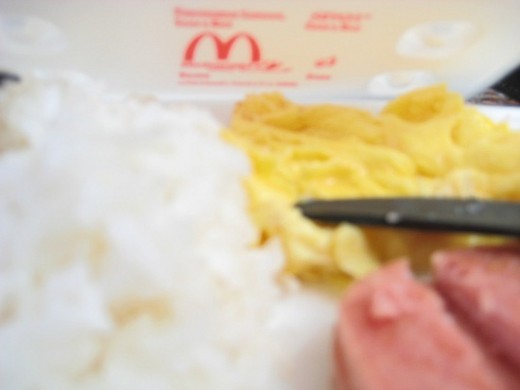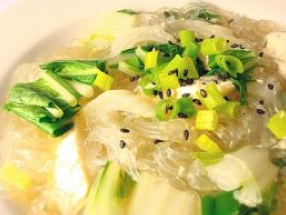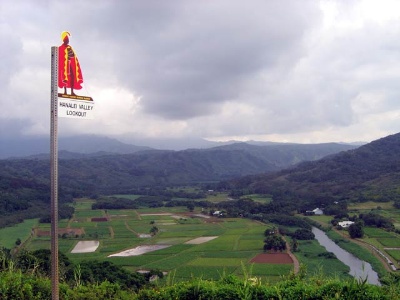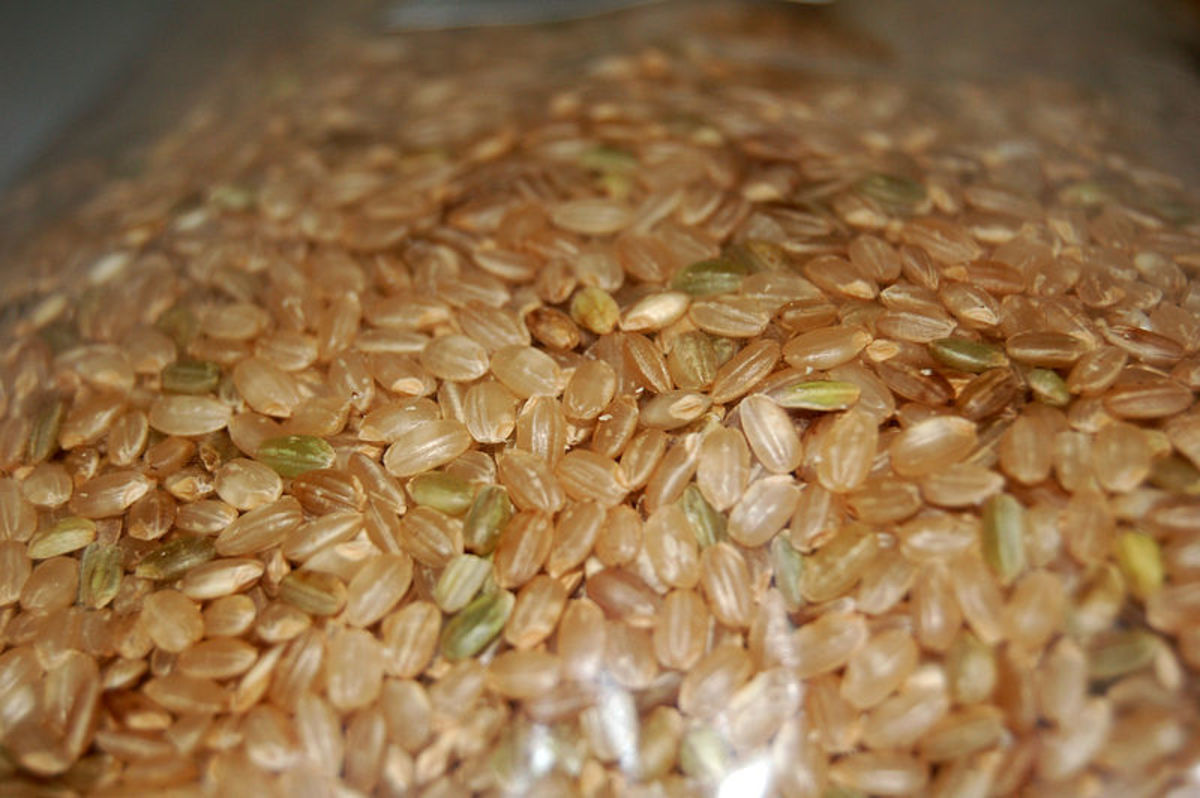The Reign of Rice in Hawaii

One of the most important staples in Hawaii is rice. Due to the diversity of cultures that have made Hawaii their home, rice continues to be included in home cooking, picnics, and restaurants. But, at one time there were rice fields all over the islands, and rice was exported to the mainland USA. Today, no traces remain of the once richly farmed rice paddies in Hawaii.
Rice, eggs and spam for breakfast in Hawaii at McDonald's

Chicken Long Rice and Pak Choy

Remaining rice mill in Hanalei Hawaii

History
Whaling was the main industry bolstering the economy of Hawaii in the early 1800s. Whale oil was used as a substitute for kerosene, which was manufactured up until the 1860s. Civil War resulted in a loss of much of the whaling fleet, so agricultural production including sugar and rice quickly dominated. Rice was second in value to sugar (from sugar cane) which was raised in the islands.
From 1860 - 1920, Rice was raised in the islands of Hawaii, particularly in Kauai and Oahu because of their abundance of rain. In Kauai, the Hanalei Valley had the highest amount of acreage planted in rice. Rice production in Hanalei actually continued up to 1960.
It was in 1850 that the Royal Hawaiian Agricultural Society was formed to develop Hawaii's agricultural resources. They purchased land in the Nuuanu Valley and Made Dr. H. Holstein manager over it. He planted imported rice seed from China in a former taro patch.
At first the Society offered this rice seed to anyone in Hawaii who wanted to plant it. King Kamehameha IV also offered land grants for cultivation of rice. Not too many took advantage of the offers. The drawback to raising rice was that there were no proper milling facilities in Hawaii. The first trials by Holstein produced dark unpolished rice which was unmarketable.
In 1860, A Dr. Seth Ford imported rice seed from South Carolina which was very successful and yielded a fair amount of crop. News of this success spread throughout the islands of Hawaii, and in 1861 it seemed that everyone and their uncle were excited about raising rice. Taro plantations were replaced with rice until the Hawaiians started to wonder where they were going to get their taro from (their beloved root crop which is pounded into poi).
Chinese were brought in to man the fields. By 1862 exports of rice to California grew by leaps and bounds. A treaty between the United States and the Kingdom of Hawaii was made in 1876. The Reciprocity Treaty granted duty-free status including rice. Hawaii rice production in 1899 placed third behind Louisiana and South Carolina. It was sent unhulled and uncleaned to be milled in San Francisco. Finally in 1862, a Seth Ford developed the first rice mill in the Hawaiian Islands which was stationed in Honolulu. By 1887 over 13 million pounds of rice were exported.
The Chinese population in Hawaii grew from 1200 in 1860 to 18,254 by 1884. In 1882 the US Congress passed the Chinese Exclusion Act, so then Japanese workers were brought in to take their place. Within only five years the Japanese made up more than forty per cent of the plantation work force in Hawaii. This was the beginning of the decline of rice production in Hawaii. Japanese preferred short grain rice rather than the long grain rice the Chinese were used to eating. So rice began to be imported from California for the Japanese. Also, the hard labor techniques in Hawaii were soon overtaken by the machine technology in California.
The younger generation were not as interested in rice farming and that along with an infestation of the rice borer and a bird that ate rice, rice production in Hawaii declined and faded out. Attempts to revive rice production by the University of Hawaii in 1906 and 1933 saw a flicker of hope, but eventually died out.
Today there is only a reminder of the reign of rice in Hawaii. There is a restored Haraguchi Rice Mill in Hanalei Valley on Kauai.
Although the exportation of rice has stopped, Hawaii still loves rice, and there are so many different delicious ways to make it.
Musubi is one of the local favorites. It is easily made and taken to the beach.
Rice flour is made into delicious mochi in a rainbow of flavors and colors.
Rice is steamed. made into noodles and the flour is used to thicken soups and stews.
You never worry about left over rice because it can be made into fried rice, rice rolls and a tons of other things.








